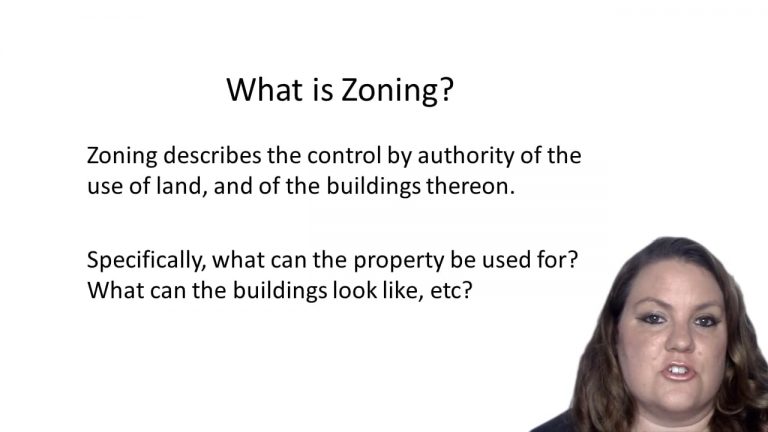SmartBrief
Confirm favorite deletion?
Property Law Keyed to Singer
MHANY Management v. County of Nassau
Citation:
819 F.3d 581 (2d Cir. 2016)Facts
In 2002, Nassau County faced a budget and infrastructure crisis. In response to the crisis, the County planned to sell its Social Services Site in Garden City for at least $30 million to a private developer. At the County’s request, Garden City began rezoning the site and Garden City’s Board of Trustees created the P-Zone Committee which retained a planning firm, Buckhurst Fish and Jacquemart (BFJ), to provide recommendations. On April 29, 2003, BFJ proposed applying a “multi-family residential group” or “R-M” zoning to the site. The R-M zoning would allow for construction of 311 residential apartments or 75 single family homes. On May 29, 2003, BFJ made a presentation on the report at a public forum. Residents expressed concerns about the 311 apartments. In July 2003, BFJ issued a revised version of the report reiterating a proposal for R-M zoning and emphasizing that the proposal would be careful not to overwhelm or overburden the neighborhoods with adverse environmental impacts. Upon review, the P-Zone Committee adopted BFJ’s recommendations for R-M zoning. On November 20, 2003, the Board of Trustees unanimously accepted the recommendation for rezoning. On January 20, 2004, the Eastern Property Owners’ Association held a meeting at which a Trustee discussed BFJ’s recommendations. A majority of residents made comments wanting to restrict zoning to single-family homes in order to “preserve the single-family character of the Village.” On February 4, 2004, the Village held another public hearing in which residents indicated opposition to multi-family housing. In response, BFJ and Garden City modified the proposal and on May 4, 2004 BFJ proposed rezoning the vast majority of the Site to “Residential-Townhouse” or “R-T” and reserving only 15% of the site to R-M zoning via special permit only. The change move rapidly through the governmental process with a public hearing on May 20, 2004, and a final vote adopting the law on June 3, 2004. The County subsequently began taking bids from private developers for proposals of not less than $30 million. NYHAC/MHANY was unable to submit a bid meeting the zoning and the County’s specifications because it was not financially feasible to build affordable housing under the R-T zoning restrictions.
Only StudyBuddy Pro offers the complete Case Brief Anatomy*
Access the most important case brief elements for optimal case understanding.
*Case Brief Anatomy includes: Brief Prologue, Complete Case Brief, Brief Epilogue
- The Brief Prologue provides necessary case brief introductory information and includes:
Topic:
Identifies the topic of law and where this case fits within your course outline.Parties:
Identifies the cast of characters involved in the case.Procedural Posture & History:
Shares the case history with how lower courts have ruled on the matter.Case Key Terms, Acts, Doctrines, etc.:
A case specific Legal Term Dictionary.Case Doctrines, Acts, Statutes, Amendments and Treatises:
Identifies and Defines Legal Authority used in this case.
- The Case Brief is the complete case summarized and authored in the traditional Law School I.R.A.C. format. The Pro case brief includes:
Brief Facts:
A Synopsis of the Facts of the case.Rule of Law:
Identifies the Legal Principle the Court used in deciding the case.Facts:
What are the factual circumstances that gave rise to the civil or criminal case? What is the relationship of the Parties that are involved in the case.Issue(s):
Lists the Questions of Law that are raised by the Facts of the case.Holding:
Shares the Court's answer to the legal questions raised in the issue.Concurring / Dissenting Opinions:
Includes valuable concurring or dissenting opinions and their key points.Reasoning and Analysis:
Identifies the chain of argument(s) which led the judges to rule as they did.
- The Brief Prologue closes the case brief with important forward-looking discussion and includes:
Policy:
Identifies the Policy if any that has been established by the case.Court Direction:
Shares where the Court went from here for this case.

 4m 44s
4m 44s